Description
Feature Descriptions
Wi-Fi 6 (802.11ax) standards
As the latest generation Wi-Fi standards of IEEE 802.11, 802.11ax improves user experience in high-density access scenarios and supports 2.4 GHz and 5 GHz frequency bands.
MU-MIMO on both the 2.4 GHz and 5 GHz frequency bands, allowing an AP to transmit data to and receive data from multiple STAs simultaneously and multiplying the utilization of radio spectrum resources.
1024QAM modulation, improving data transmission efficiency by 25% compared with 802.11ac (256QAM).
OFDMA scheduling enables multiple users to receive and send information at the same time, reducing latency and improving network efficiency.
Spatial reuse (SR) technology uses basic service set (BSS) coloring to enable APs and STAs to distinguish BSSs, minimizing co-channel interference.
The target wake time (TWT)* allows APs and STAs to negotiate the sleep and wake time with each other, thereby improving the battery life of the STAs.
MU-MIMO
The AP supports MU-MIMO and supports a maximum of four spatial streams, two spatial streams at 2.4 GHz (2×2 MIMO) and two spatial streams at 5 GHz (2×2 MIMO). The MU-MIMO technology enables an AP to send data to multiple STAs
simultaneously, which doubles the radio spectrum resource usage, increases the number of access users and bandwidth, and improves user experience in high-density access scenarios.
Smart antenna array technology
The AP equipped with the dual-band smart antenna array and intelligent switchover algorithm can intelligently detect the application environment and access density, achieving more accurate signal coverage and interference suppression. This design helps provide the optimal signal coverage direction and signal quality for each mobile access STA, bringing seamless and smooth wireless network access experience to the users.
High-speed access
New Wi-Fi 6 technologies such as 1024QAM modulation, more subcarriers, and more efficient Symbol scheduling enable the
2.4 GHz radio rate to reach 0.575 Gbps, the 5 GHz radio rate to reach 1.2 Gbps, and the device rate to reach 1.775 Gbps.
High Density Boost technology
Huawei uses the following technologies to address challenges in high-density scenarios, including access problems, data congestion, and poor roaming experience:
SmartRadio for air interface optimization
Load balancing during smart roaming: The load balancing algorithm can work during smart roaming for load balancing detection among APs on the network after STA roaming to adjust the STA load on each AP, improving network stability.
Intelligent DFA technology: The dynamic frequency assignment (DFA) algorithm is used to automatically detect adjacent- channel and co-channel interference, and identify any 2.4 GHz redundant radio. Through automatic inter-AP negotiation, the redundant radio is automatically switched to another mode (dual-5G AP models support 2.4G-to-5G switchover) or is disabled to reduce 2.4 GHz co-channel interference and increase the system capacity.
Intelligent conflict optimization technology: The dynamic enhanced distributed channel access (EDCA) and airtime scheduling algorithms are used to schedule the channel occupation time and service priority of each user. This ensures that each user is assigned relatively equal time for using channel resources and user services are scheduled in an orderly manner, improving service processing efficiency and user experience.
Air interface performance optimization
In high-density scenarios where many users access the network, increased number of low-rate STAs consumes more resources on the air interface, reduces the AP capacity, and lowers user experience. Therefore, Huawei APs will check the signal strength of STAs during access and rejects access from weak-signal STAs. At the same time, the APs monitor the rate of online STAs in real time and forcibly disconnect low-rate STAs so that the STAs can reassociate with APs that have stronger signals. The terminal access control technology can increase air interface use efficiency and allow access from more users.
5GHz-prior access (band steering)
The APs support both 2.4GHz and 5GHz frequency bands. The 5GHz-prior access function enables an AP to steer STAs to the 5 GHz frequency band first, which reduces load and interference on the 2.4 GHz frequency band, improving the user experience.
Wired and wireless dual security guarantee
To ensure data security, Huawei APs integrate wired and wireless security measures and provide comprehensive security protection.
Authentication and encryption for wireless access
The APs support WEP, WPA/WPA2-PSK, WPA3-SAE, WPA/WPA2-PPSK, WPA/WPA2/WPA3-802.1x, and WAPI authentication/encryption modes to ensure security of the wireless network. The authentication mechanism is used to authenticate user identities so that only authorized users can access network resources. The encryption mechanism is used to encrypt data transmitted over wireless links to ensure that the data can only be received and parsed by expected users.
Analysis on non-Wi-Fi interference sources
Huawei APs can analyze the spectrum of non-Wi-Fi interference sources and identify them, including baby monitors, Bluetooth devices, digital cordless phones (at 2.4 GHz frequency band only), wireless audio transmitters (at both the 2.4 GHz and 5 GHz frequency bands), wireless game controllers, and microwave ovens. Coupled with Huawei NCE-Campus, the precise
locations of the interference sources can be detected, and the spectrum of them displayed, enabling the administrator to remove the interference in a timely manner.
Rogue device monitoring
Huawei APs support WIDS/WIPS, and can monitor, identify, defend, counter, and perform refined management on the rogue devices, to provide security guarantees for air interface environment and wireless data transmission.
Wired access authentication and encryption for the AP
The AP access control ensures validity of APs. The CAPWAP link protection, DTLS/IPsec encryption and hardware encryption provide security assurance, improving data transmission security between the AP and the AC.


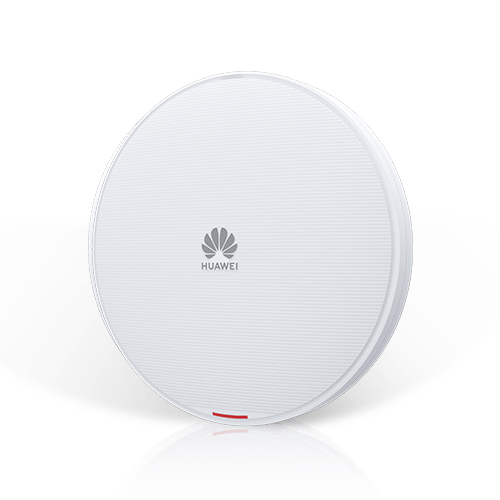
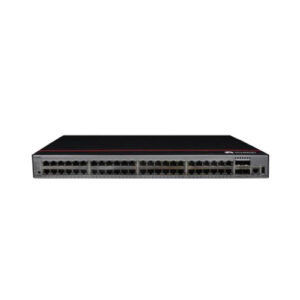
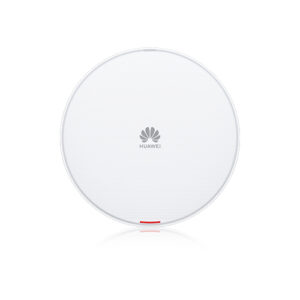
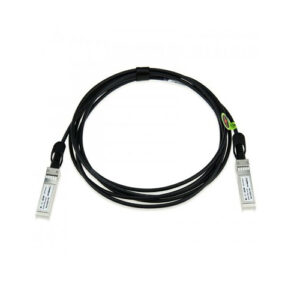
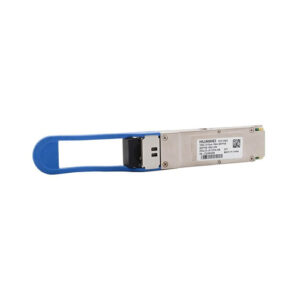


Reviews
There are no reviews yet.